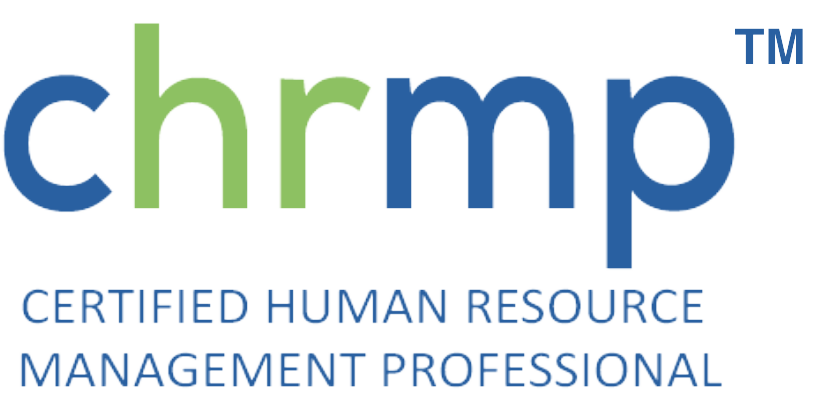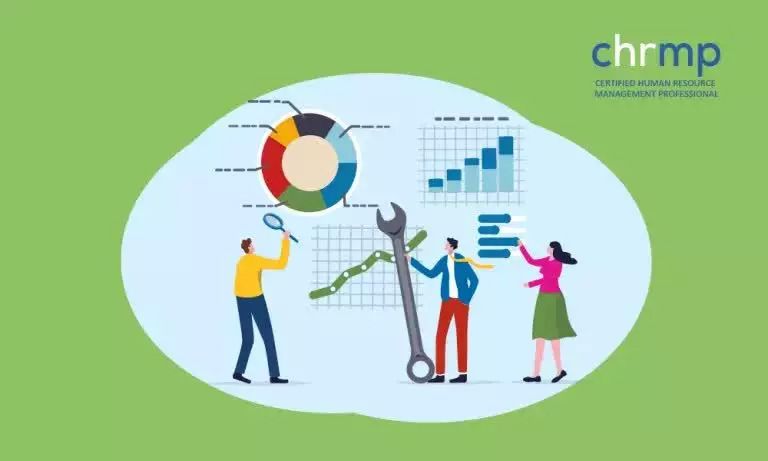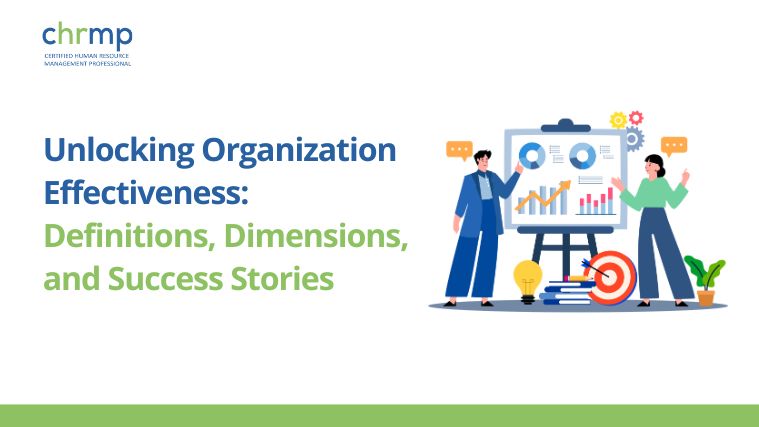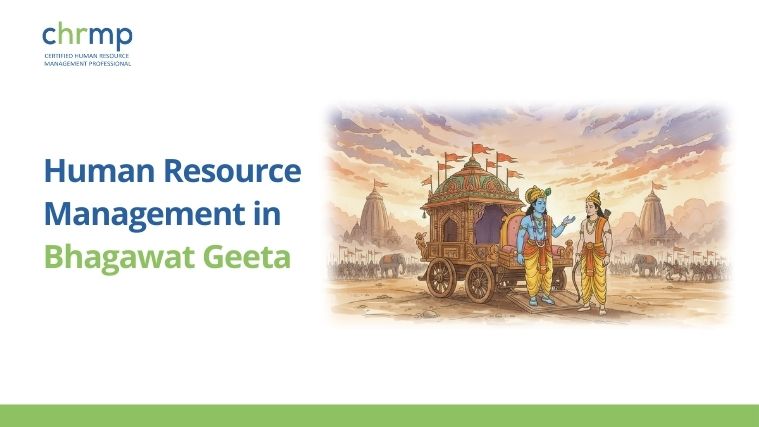In the last decade, Analytics in HR has taken the world of Human Resource Management by storm. The last time the world of Human Resource Management saw such a revolution was, when experts introduced the disruptive concept of Competency into the domain.
Today, concepts such as HR Analytics, Workforce Analytics, People Analytics and Talent Analytics have become a sort of popular phenomena in the Human Resource Metrics world. HR professionals are increasingly using these terms to know what has happened in the past and what is the present state of affairs, and also for predicting trends in the business.
We have looked into the differences between these four terms in detail, in the following blog earlier:
- What is the Difference Between HR Analytics
- People Analytics
- Workforce Analytics
- Talent Analytics ?
We have elaborated the differences among them as above .
It will then be the most appropriate thing to know what their popularity and trends are. We have made an attempt to do the same.Shortcode
HR Metrics meaning :
HR Metrics is a set of data that measures how well an organization does at its job. It includes things like employee productivity metrics, turnover rates, evaluation metrics, customer satisfaction, etc. HR Metrics and analytics are usually used by managers to make decisions about their employees or business operations. They can also help with hiring new people or evaluating existing ones.
What Is Performance Metrics?
Performance metrics meaning : The term “perform” means to carry out something successfully; it refers to what you actually accomplish as opposed to just planning on doing it.
In other words, if your goal was to get promoted from manager to director, then you would have met this objective when you were given the promotion. If your goal was simply to plan for getting the promotion, but never got around to taking action, then you didn’t meet this objective. You may still consider yourself successful because you planned ahead, but without any actual accomplishment, there’s no way to know whether you succeeded or not. Performance metrics also known as performance reviews is to measure productivity , these measurements taken after goals have been achieved.
For example, let’s say you wanted to increase sales revenue by 10% over last year. This might mean setting up some marketing campaigns, increasing advertising budgets, training staff members better and so forth. Once these changes had been implemented, you could take steps to evaluate them.
These evaluations include looking at which strategies worked best and which ones failed. The results will tell you where you need to focus next time. Performance metrics are often called KPIs. A KPI metrics is a measurement that helps determine success or failure.
Key Metrics / indicators are important because they provide information that allows us to see trends and patterns. Without key indicators we wouldn’t know much about our company’s progress toward achieving its objectives.Shortcode
Metric Examples:
What Are Some Good Metrics To Measure Employee Productivity?
A good question! Here are some common ways companies use to track company metrics and employee performance metrics.
- Number of hours worked per week.
- Hours spent working outside of regular work hours.
- Percentage of overtime worked.
- Average number of days between assignments.
- Amount of vacation time earned.
- Quality of output produced.
- Time required to complete tasks.
- Customer experience ratings.
- Sales numbers.
- Profit margins.
Recruitment metrics is the process of measuring the effectiveness of recruiting efforts and quality of hire through the process of maintaining an accurate job description, job offer and keeping a track of the offer acceptance rate, conversion rate and payroll metrics by the recruitment team .
Recruiting involves finding qualified candidates who match the needs of a particular position through a hiring process by the job boards for the betterment of the candidate experience and hiring manager satisfaction.
There are many different types of recruitment metrics including applicant tracking systems, resume review software, interview scoring tools, candidate screening tests, reference checks, salary surveys and more.
Types Of Metrics And Their Meaning
There are three main categories of metrics:
- Quantitative
- Qualitative
- Benchmarking.
- Quantitative metrics are based on numerical values. They can help managers understand how well their employees perform compared with others.
- Qualitative metrics describe things like customer satisfaction levels, product quality, safety records, etc.
- Benchmarking measures an organization against industry standards also known as business metrics.
It provides insight into how well the organization compares to similar organizations. Benchmarking metrics are used to compare an organization to competitors. Benchmarks are usually set by government agencies such as the U.S. Department of Labor, Occupational Safety & Health Administration (OSHA), National Institute for Occupational Safety and Health. Other benchmarks come from trade associations such as American Society for Training and Development, International Association of Business Communicators, and Council for Advancements in Standards Education.
1.0 Popularity and trends of HR Analytics, People Analytics, Workforce Analytics and Talent Analytics in the world
1.1 Search trends on Google, as per interest shown, to indicate popularity and trends of above four terms, in the world
The diagram below presents the google trends of searches of the above four terms for the period, August 2004- July 2020.
Worldwide Popularity of Search Terms “HR Analytics”, “People Analytics”, “Workforce Analytics” & “Talent Analytics” from August 2004-2020. It is clear from the above diagram, that HR Analytics and People Analytics were the highest search topics, during the period 2004- 2020. Workforce Analytics and Talent Analytics followed them subsequently. We have graphically depicted the interest in these terms in the above diagram.
It clearly shows that HR Analytics and People Analytics has generated an increasing amount of interest from the HR fraternity. This actually happened in the last decade and a half of the period 2004- 2020. It is noteworthy that interest in Workforce Analytics and Talent Analytics, has not changed significantly, in the last five years.
It is almost static. The above diagram also shows the average of total searches of the four terms, during the period, 2004- 2020. We have shown this, in a histogram, on the left side of the graph. It is clear that the HR fraternity have more or less similar levels of searches in HR Analytics and People Analytics. However, searches in the case of Workforce Analytics and Talent Analytics were much less in comparison to the first two.
1.2 Search of four terms in the last one year ( 2019- 2020), to show popularity and trends in the world
The author has also tried to ascertain the trends in the last one year ( August 2019- July 2020). To zoom in on this a little bit, let’s look at how these search terms have fared in the last one year.
Worldwide : Popularity of Search Terms “HR Analytics”, “People Analytics”, “Workforce Analytics” & “Talent Analytics” from August 2019-2020. It is worthwhile to note that in the last one year, Workforce Analytics and Talent Analytics are almost static.
They are at a much lower level than the first two. On the other hand, HR Analytics and People Analytics are at a much higher level than Workforce Analytics and Talent Analytics. The latter two are also closely competing with each other for the top slot.
2.0 Region wise distribution of Google searches in the world, for four terms, to show popularity and trends in the world
The descriptions in section 1.0 show us the worldwide popularity of these four search-terms. However, it is important to remember that there could be variances regionally as well. Certain terms could gain more traction in a region compared to others. This may depend upon unique socio-economic factors, and different spheres of influences enjoyed by opinion makers.
2.1 Search of four terms in USA in 2019-2020, to indicate popularity and trends
To illustrate the statement made in section 2.0, let us look at the region of the USA. Here, the search term “People Analytics” has a clear advantage over its nearest competitor “HR Analytics” in August 2019- July 2020. The interest shown, as per Google searches, in the USA, is the highest for People Analytics, followed by HR Analytics. Workforce and Talent Analytics are faring much less in comparison to the first two, as per below diagram.
USA : Popularity of Search Terms “HR Analytics”, “People Analytics”, “Workforce Analytics” & “Talent Analytics” from August 2019-2020
2.2 Search of of four terms in India in August 2019- July 2020, to indicate popularity and trends
Let us now compare the results of the USA, as mentioned in section 2.1, with those of another large economy – India. We find the results to be somewhat different, as depicted in the diagram below for the year 2019-2020.
India : Popularity of Search Terms “HR Analytics”, “People Analytics”, “Workforce Analytics” & “Talent Analytics” from August 2019-2020. As is clear from the above diagram, the search term “HR Analytics” has maintained a steady lead over the other terms, including “People Analytics”, consistently over the last year. Further, People Analytics has come pretty close to HR Analytics in the last 3 months of the year, starting August 2019. However, it has dipped in the last month of the year. It is also evident that Workforce Analytics and Talent Analytics are at much lower levels than that of the first two, throughout the year.
2.3 Popularity and trends of Google searches for 4 terms around the world, during the period 2004-2020
To understand how the popularity of the search terms varies across regions, let’s look at search volumes for the two terms on a map of the world. We have indicated the popularity of the terms by the color and its intensity.
Type caption (optional)
The above diagram shows the breakdown of search terms in different regions of the world. The diagram shows that readers searched HR analytics mostly in Asia, Russia, Africa and parts of Europe. On the other hand, the readers in North and South America, Australia and the remaining parts of Europe, searched for People Analytics. Workforce and Talent Analytics did not register a significant presence world wide, in the graph above, during the period August 2004 – July 2020.
The above revelation is very important. It establishes that HR Analytics and People Analytics are the two most important concepts in the world. Readers are searching and consequently using them also (as a corollary).
Not with standing the above, the concepts of Workforce Analytics and Talent Analytics also remain relevant, and we can not ignore them.
3.0 Conclusions
Based on the discussions in the preceding sections, we may arrive at the following conclusions:
- Search on Google shows that HR Analytics and People Analytics have grown tremendously, as per interest shown, in the year starting August 2019. The two concepts are competing with each other and they have left Workforce Analytics and Talent Analytics way behind.
- HR Analytics and People Analytics come on the top, after taking the average of searches during August 2019 – July 2020.
- On the other hand, Workforce Analytics and Talent Analytics are much less than those of HR Analytics and People Analytics.
- Region wise searches of these four terms on google, during 2004-2020, reveal the following :
- HR Analytics is in use ,on a wider scale, in Asia, Africa, Russia and parts of Europe.
- Readers in North and South America, Australia and remaining parts of Europe apply People Analytics in a bigger way.
- Workforce Analytics and Talent Analytics were in use, sparingly, in the whole world during the period .
- The interest shown and searches made in the last one year, during 2019-2020, in the USA reveal that People Analytics topped the list , followed by HR Analytics .
- Workforce Analytics and Talent Analytics fared much lower in comparison to the above two terms.
- Similarly for one of the major economies of the world, India, HR Analytics topped the list .
People Analytics fared much less in comparison to HR Analytics in the first 9 months of 2019-2020. However, during the last 3 months of 2019-2020, it started competing with HR Analytics. This was when People Analytics came pretty close to HR Analytics But it dipped again in the last month of the year 2019-2020.
- Workforce Analytics and Talent Analytics fared much less in India, during the year, starting August 2019, in comparison to HR Analytics.
HR analytics deal with the metrics of the human resources function, including time to hire, training expenses per employee, and time before promotion. These metrics are handled solely by HR for HR.
Frequently asked questions :
HR Analytics, People Analytics, and Workforce Analytics: What is the Difference?
The term HR analytics refers to specific metrics related to human resources functions, including hiring, firing, promotions, compensation, benefits, and more. These metrics are typically handled by HR personnel.
People analytics: People analytics focuses on how individuals perform within organizations. In other words, it analyzes the performance of employees, managers, supervisors, and coworkers. For example, it might measure productivity, sales, or customer service. People Analytics: People analytics, though comfortable being used as a synonym of HR analytics, is technically relevant to “people” in general. It can include any groups of individuals even outside the company. For example, the term “People Analytics” may be used to describe analytics about the customer base of an organization and not exclusively employees.
An employee analytics tool helps organizations understand how various groups within their workforce perform. These tools help them identify areas of improvement and provide insights into overall performance.
Data on employee productivity and performance inform both HR and workforce analytics. The goal is to improve retention rate and enhance the employee experience
How HR analytics helps Human Resource Management?
Analytics helps HR to create a business case for HR initiatives. It tests their effectiveness, and moves them into more strategic roles.
Data collection should be used as a means to get insights about your organization and then use this knowledge to make better decisions.
What Is Human Resources Analytics?
HR Analytics helps companies understand what skills their employees need to do their jobs better. Companies use this information to improve training programs and make sure they’re hiring the right people.
In order to achieve maximum efficiency, companies need to understand what they’re doing well and what needs improvement. By analyzing employee behavior, organizations can figure out why some workers leave while others stay put. Companies also need to identify potential problems before they become major issues.
A leader’s performance can be assessed by asking questions, surveying employees, or conducting focus groups. Information gathered through such methods can help the organization understand what motivates its staff members and create strategies to inspire them. In addition, organizations can use data to measure the effectiveness of leadership training programs and develop new ones.
In human resource analytics, companies use data to make decisions about how well or poorly individuals are performing as part of the organization. Recruitment channel analytics help human resources teams decide where to focus their efforts looking for top performers. This results in a more effective workforce that meets business goals.
If you are looking to upgrade your skills in HR Analytics, you might want to consider a certification in HR Analytics by CHRMP. To learn more click here.






